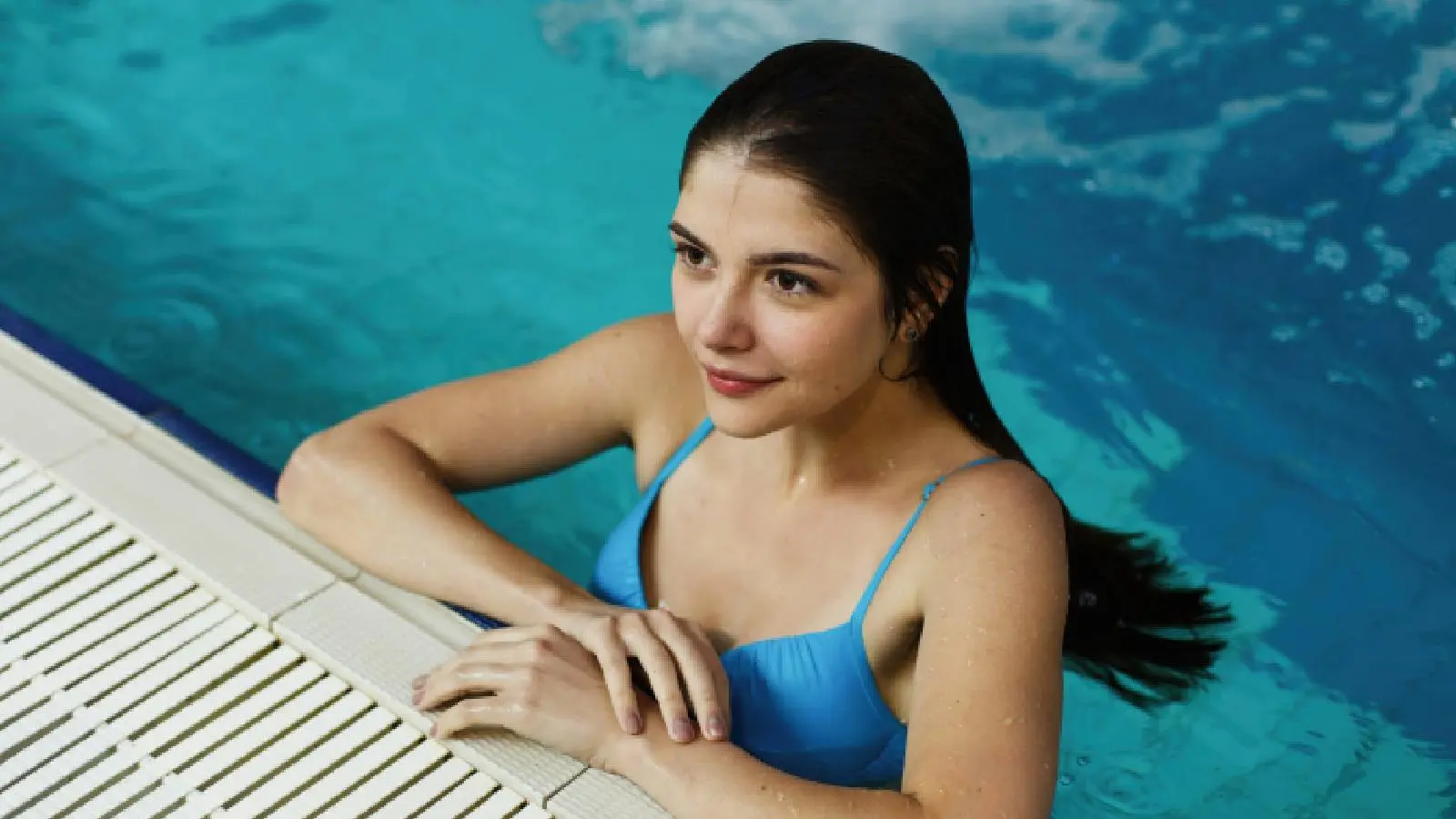Swimming vs Cycling: Top Best Exercise 4 Weight Loss
Swimming and cycling are physical sports that can help you stay fit. But should you swim or cycle to lose weight?
Are you swimming or cycling to lose weight this summer? Image credit of Freepik
Summer means getting out your swimsuit and going for a pleasant swim, which may also be a fantastic weight reduction activity. Riding a bike and enjoying outdoors is another enjoyable physical activity that might contribute to weight loss. Indoor cycling can still have health advantages. But, if you had to choose between swimming and cycling to lose weight, which would you choose? Learn which workout is best for weight reduction!
[web_stories title=”false” excerpt=”false” author=”false” date=”false” archive_link=”true” archive_link_label=”” circle_size=”150″ sharp_corners=”false” image_alignment=”left” number_of_columns=”1″ number_of_stories=”5″ order=”DESC” orderby=”post_title” view=”circles” /]
What is swimming?
Swimming is a physical exercise that requires moving oneself through water using the limbs. It includes kicking legs and dragging arms through the water. According to fitness expert Rhea Ekhlas Shroff, people swim in a variety of strokes such as freestyle, breaststroke, backstroke and butterfly. Swimming may be done in a variety of locations, including pools, seas, lakes, and rivers. It is a flexible pastime that is appropriate for people of all ages and physical abilities.
Swimming is one of the most effective workouts for weight loss. Image credit of Freepik
Swimming for Weight Loss
Swimming benefits
A 2010 research published in the Metabolism journal indicated that swimming was more efficient than walking in lowering body weight in inactive women aged 50 to 70. Swimming may burn calories, but the amount depends on the effort, duration, and individual body composition.
Also Read:
In fact, swimming works a variety of muscles throughout the body, giving it a fantastic full-body workout. Here are the primary muscle groups involved in swimming:
- The core muscles, which include the abdominals and obliques, are activated to stabilize the body and keep it in appropriate alignment in the water.
- Swimming requires extensively on upper-body muscles such as the chest, shoulders, and arms. Different strokes target these muscles to varied degrees. For example, freestyle and backstroke largely train the muscles of the shoulders, arms, and upper back, but breaststroke and butterfly also work the chest and triceps.
- Swimming involves not just the upper body but also the legs. Kicking motions and propulsion through the water utilize leg muscles such as the quadriceps, hamstrings, calves, and glutes. Strong leg muscles improve overall swimming speed and efficiency.
Hip flexors and abductors are important muscles that help generate power during kicking motions and maintain optimal body posture in the water.
What is cycling?
Cycling is a pleasant and effective mode of transportation that involves riding a bicycle. For some, cycling is a mode of transportation, providing a less expensive and more ecologically friendly alternative to vehicles or public transit. Others view it as a means to keep fit and healthy since it delivers a great cardiovascular exercise while being gentle on the joints, according to Shroff.
Cycling, both indoors and outdoors, can help you lose weight. Image credit of Freepik
Cycling for Weight Loss
Cardiovascular workouts
The quantity of calories burnt during cycling is determined by a variety of factors, including intensity, duration, and individual characteristics such as weight and fitness level. For example, cycling uphill or at a quicker speed will often burn more calories than leisurely cycling on flat ground. Longer rides will naturally burn more calories.
According to Harvard Health Publishing, a person weighing 155 pounds or 70 kilograms may burn 298 calories during a half-hour bike ride if they cycle at a speed of 12 to 13.9 miles per hour. Cycling also works many main muscle groups throughout the body.
- The quadriceps, located in the front of the thigh, are primarily employed to extend the knee during the downward pedal stroke.
- Meanwhile, the expert explains that the hamstrings in the rear of the leg help to flex the knee during the upward pedal stroke.
- The calf muscles, notably the gastrocnemius and soleus, also actively participate in pointing and flexing the foot, which is necessary for maintaining optimal pedal position and generating power.
The muscles of the lower back and core also work together to offer stability and support, particularly while riding out of the saddle or keeping a regular posture.
Cycling is more than simply a lower-body workout; it also works the upper body to some extent. The muscles in the arms and shoulders assist in steering, balancing, and supporting the body’s weight, especially during strenuous climbs or sprints. So riding delivers a complete exercise.
Also Read: Swimming vs cycling; which is a better workout for weight loss
Swimming or cycling to lose weight.
When it comes to weight reduction, both swimming and outdoor or indoor cycling provide excellent advantages, but the best option is determined by personal preferences and physical condition, adds Shroff. Swimming works several muscle groups, offering a full-body exercise while being mild on the joints, making it perfect for people who have joint problems. Swimming can also help to enhance cardiovascular health and flexibility.
Cycling, on the other hand, is a low-impact workout that focuses on the lower body muscles, specifically the quadriceps and calves. Cycling is readily integrated into daily habits, such as commuting to work or running errands.
Finally, the greatest option is one that you love and can stick to regularly. Swimming might be your go-to activity if you enjoy the water and want to work out your entire body. If you want to explore the outdoors and work on your lower body, cycling may be the best solution for you.
Who should avoid swimming or cycling to lose weight?
Weight loss exercises
Cycling advantages
Swimming and cycling are wonderful weight-loss workouts, but they may not be appropriate for everyone.
1. Swimming.
People with respiratory difficulties, such as asthma, may find swimming difficult. Additionally, persons with skin diseases such as eczema may develop discomfort from extended contact to pool chemicals. Furthermore, persons who have ear infections or are predisposed to ear difficulties should avoid swimming to avoid further complications.
2. Cycling.
While cycling is low-impact, it might aggravate existing back or knee issues. People with back issues should practice good bike fitting and posture to avoid strain. Furthermore, people with balance concerns or recent lower-body injuries may find riding unstable and possibly dangerous.
Swimming and cycling are excellent methods to remain in shape, but if you have a medical issue, speak with a doctor before beginning your fitness routine.
Health Conscious Plus
Welcome to Health Conscious Plus Find health insights, disease management tips, meal plans, and mindful living strategies for a healthier life.




